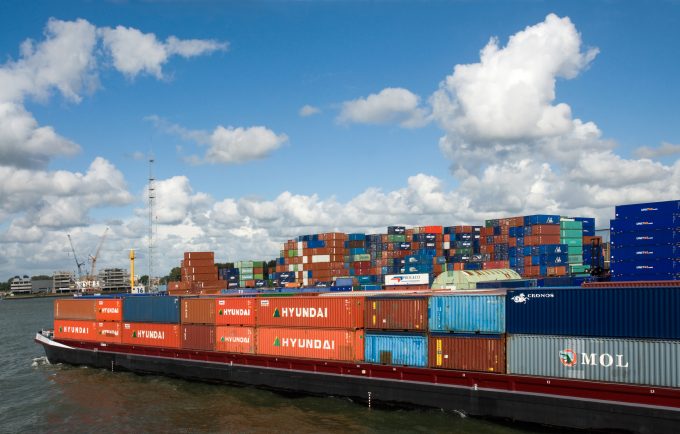Schedule reliability on the rise despite European port congestion
Despite ongoing reports and warnings of worsening port congestion levels in North European ports, container ...

Hutchison Ports ECT Rotterdam’s plan to run “fixed windows” for the loading and unloading of container barges to tackle congestion in the Dutch gateway has been applauded – although some have questioned how effective the initiative will be in practice.
The port operator announced last week ...
MSC switches two more Asia-Europe port calls from congested Antwerp
Canada and Mexico get cosy with trade plan to bypass US
Front-loading frenzy has made traditional H2 peak season 'unlikely'
Tradelanes: Export boom in Indian sub-continent triggers rise in airfreight rates
Carriers introduce surcharges as congestion builds at African ports
Mexican airport modernisation plan unlikely to boost cargo facilities
Tradelanes: Overcapacity on Asia-S America impacting alliances and rates
Ports and supply chain operators weigh in on funding for CPB

Comment on this article